| Hollywoodland | Sep 8 2018 |

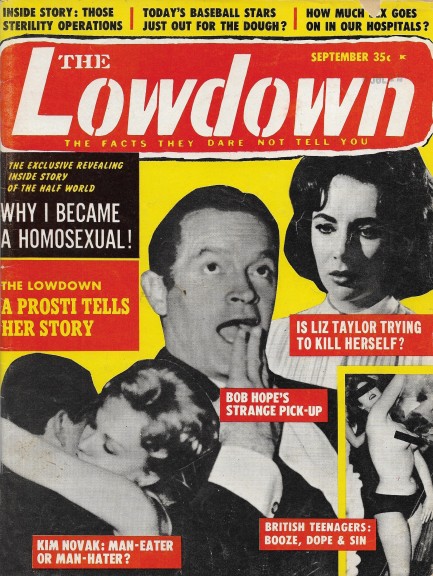
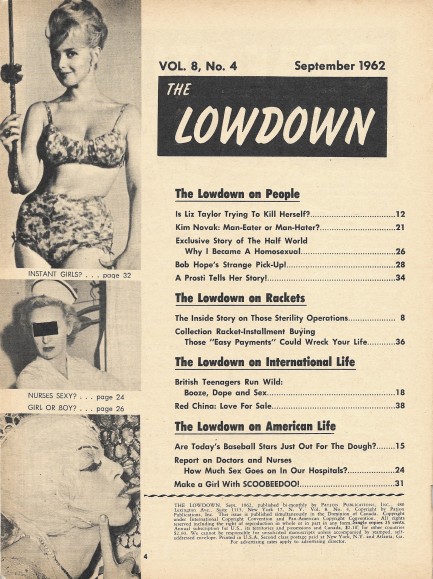
 could make lampshades, baskets, placemats, keychains. A California man famously used it to make bikinis. We imagine it would work for household repairs, light sexual bondage, whatever you needed it for. The stuff was as popular as the hula hoop for a while. Apparently figures in the electrical industry even complained that a shortage of wiring insulation was due to Scoubidou because it used the same type of plastic.
could make lampshades, baskets, placemats, keychains. A California man famously used it to make bikinis. We imagine it would work for household repairs, light sexual bondage, whatever you needed it for. The stuff was as popular as the hula hoop for a while. Apparently figures in the electrical industry even complained that a shortage of wiring insulation was due to Scoubidou because it used the same type of plastic.Readers above a certain age will already know about all this, of course, but we had no idea. We weren't around back then. And that, succinctly, is why we maintain this website—because we learn about a past we never experienced. But surprisingly Scoubidou isn't just the past. It apparently still exists. It even has a Wikipedia entry with examples of the many things you can make (but no bikinis). So this was a very informative issue of The Lowdown, all things considered. The only thing we're bummed about is that our Scoubidou research provided no actual confirmation that the cartoon dog Scooby-Doo got his name from the toy. But he had to, right? Maybe a reader has the answer to that. In the meantime we have more than twenty scans below for your enjoyment and other issues of The Lowdown you can access by clicking the magazine's keywords at bottom.
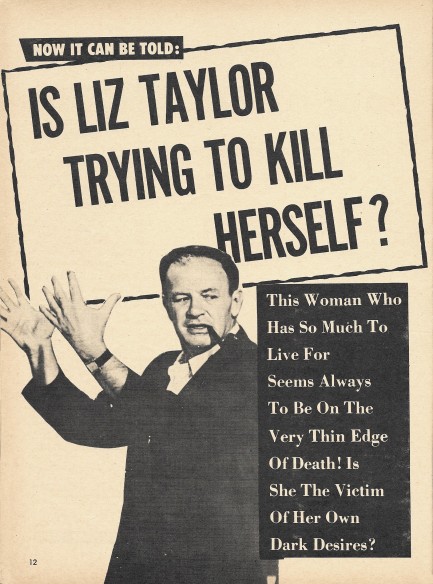
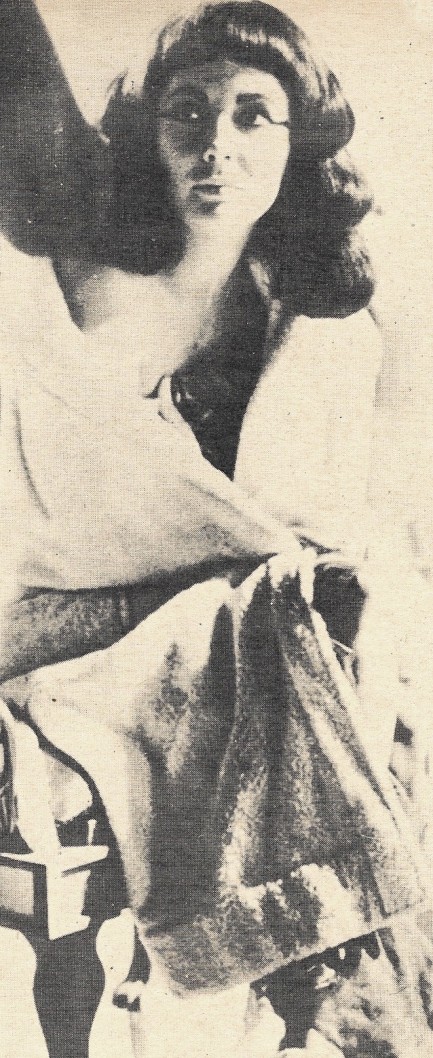

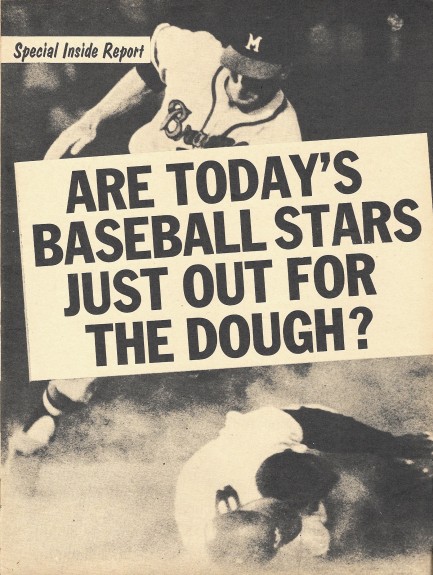
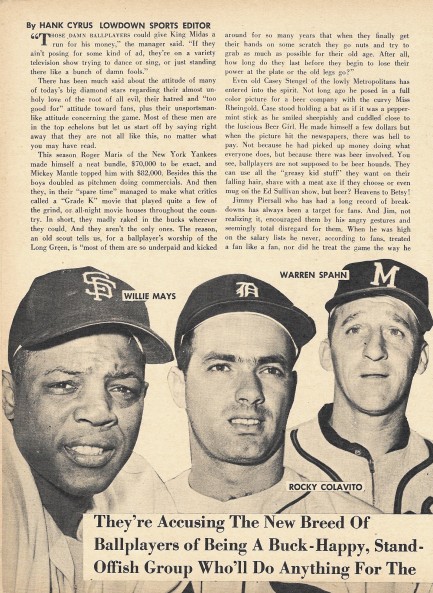
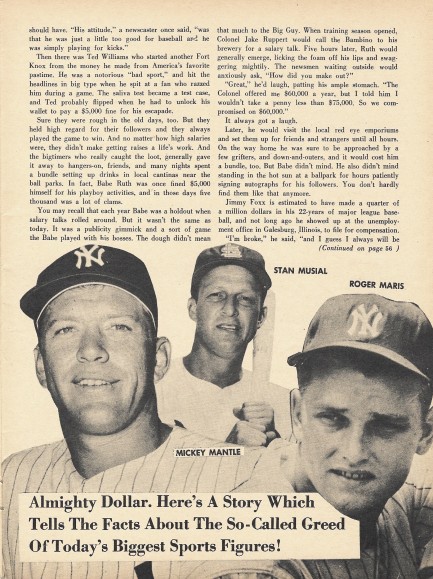
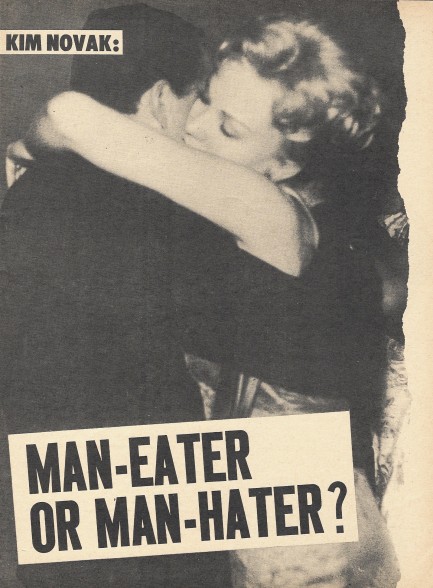
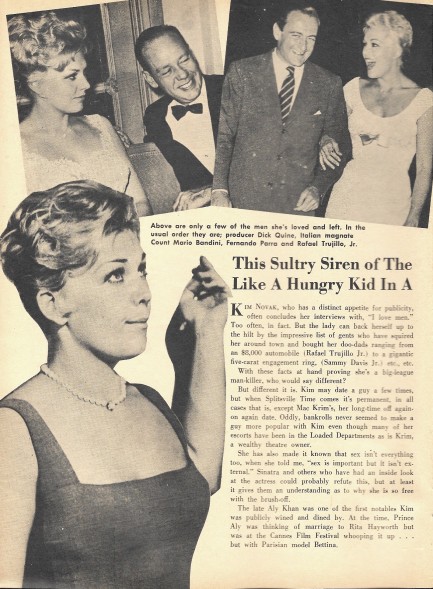
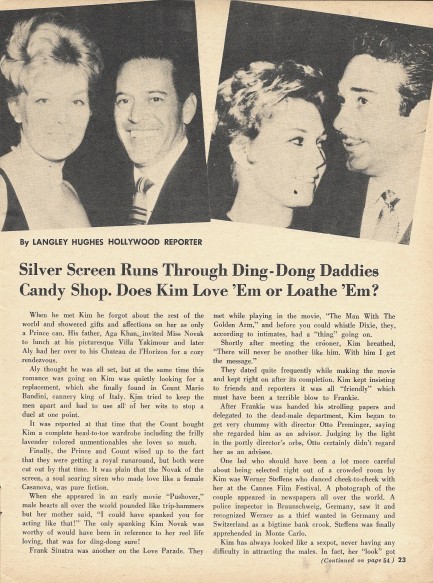
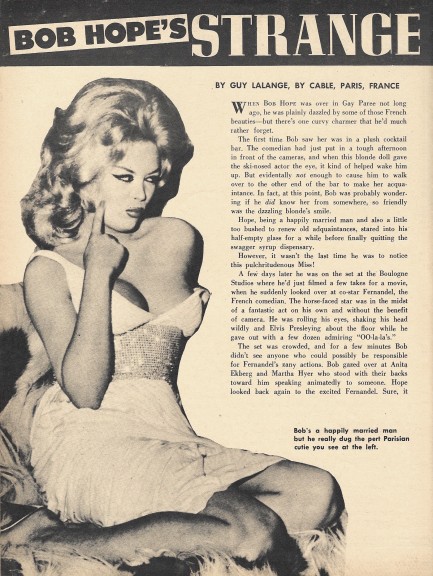
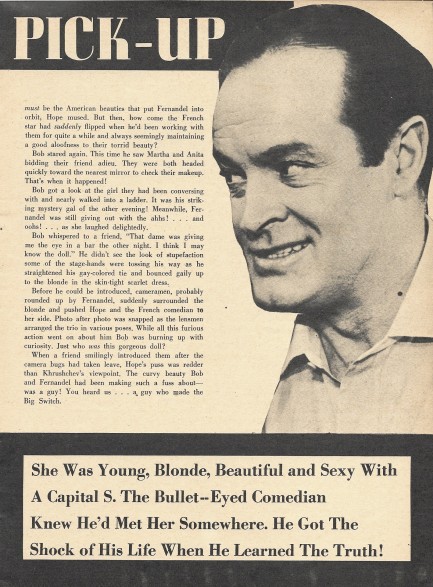
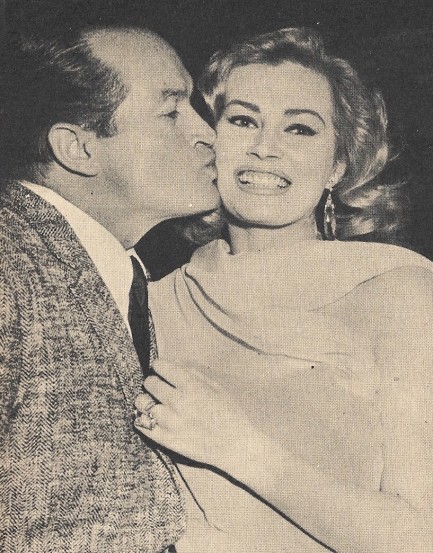
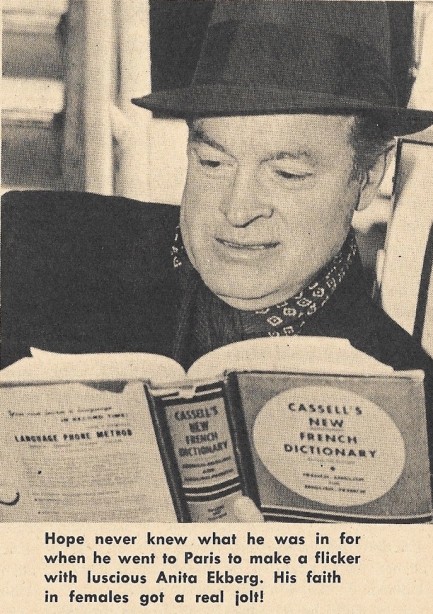
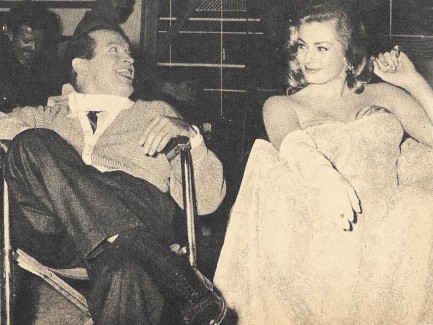
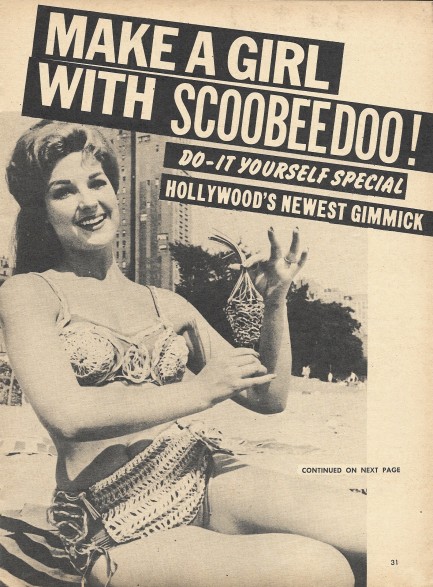
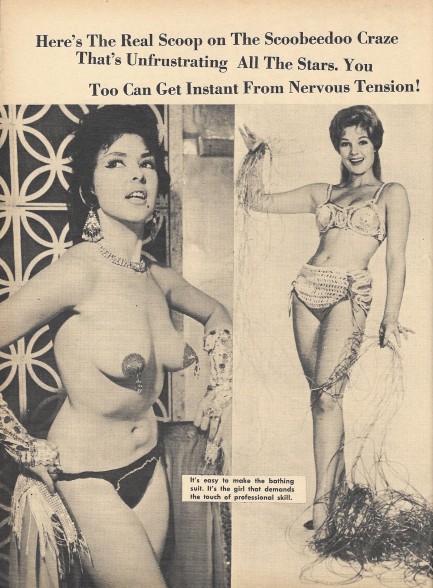

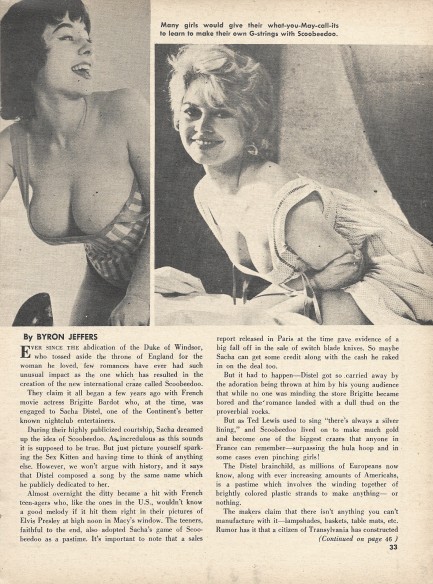
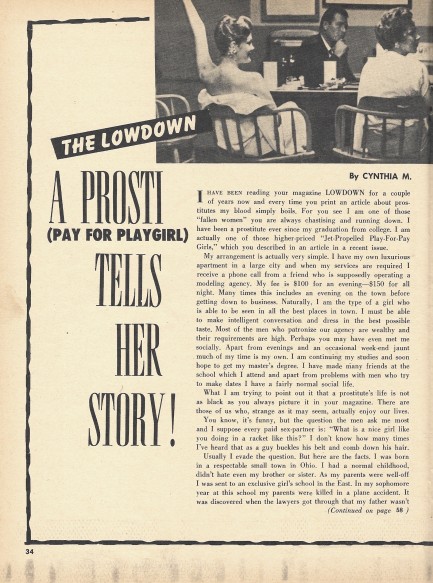
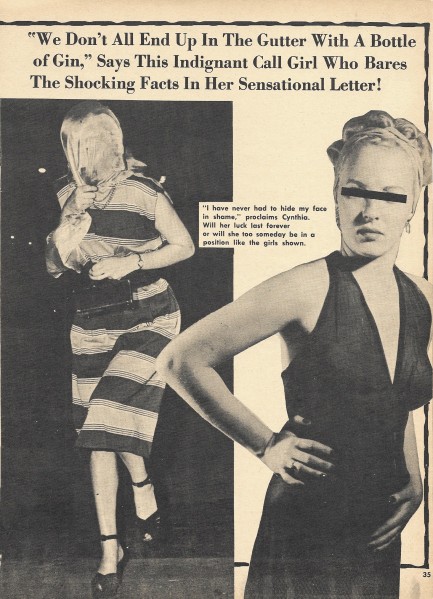

| Hollywoodland | Jun 6 2015 |

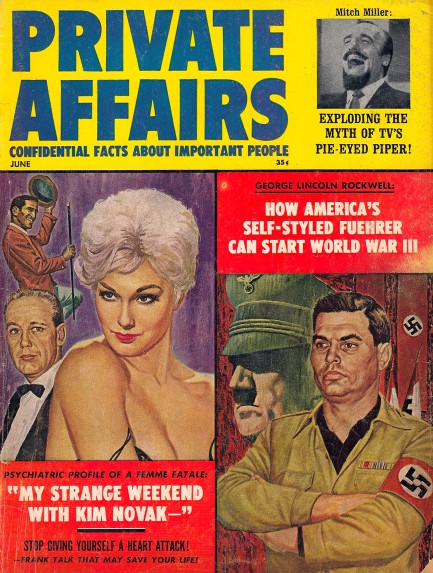
This issue of the New York based tabloid Private Affairs appeared in June 1962, and features cover stars Kim Novak and American Nazi Party leader George Lincoln Rockwell rendered by an uncredited artist. Inside the issue Affairs rehashes Novak’s various relationships, recounting how mafia goons threatened to kill Sammy Davis Jr. if he didn’t stop meeting Novak across the color line, how she accepted an expensive sports car as a gift from Ramfis Trujillo even though his hands were “bathed in the blood of executed political prisoners,” and how she shot down a smitten Charles Boyer by asking him in bewilderment, “How could you have thought I loved you?” The overarching concern is Novak’s longstanding unmarried status, wedlock of course being the default state for any normal woman. Novak was only twenty-nine at the time—but that was spinster age by tabloid standards. She eventually did wed when she was thirty-two, and it’s a wonder she made it down the aisle without the aid of a wheelchair.
Elsewhere in the issue we get Lana Turner, who Affairs claims let her daughter take a murder rap for her; comedian Dick Gregory, who is accused of stealing jokes; and Ingrid Bergman, who is shown with her later-to-be-famous daughter Isabella Rossellini. We also meet Nai Bonet, a famed Vietnamese bellydancer who within a couple of years would parlay her fame into a film and music career. Private Affairs is not a well known tabloid today—it probably arrived on the scene just a bit too late to carve out a readership when newsstand shelves were already packed with established imprints such as Confidential, Uncensored, Top Secret, Inside Story, Hush-Hush, et al. This particular issue—designated Vol 1, No. 3—is the only copy of the magazine we’ve ever seen. We suspect the brand was defunct within the first year. Many scans below, and more rare tabloids coming soon.
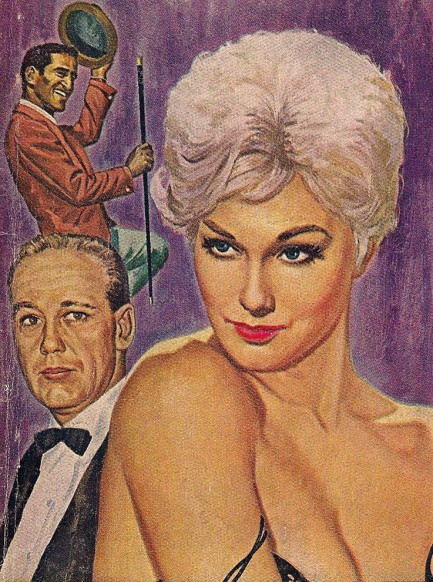
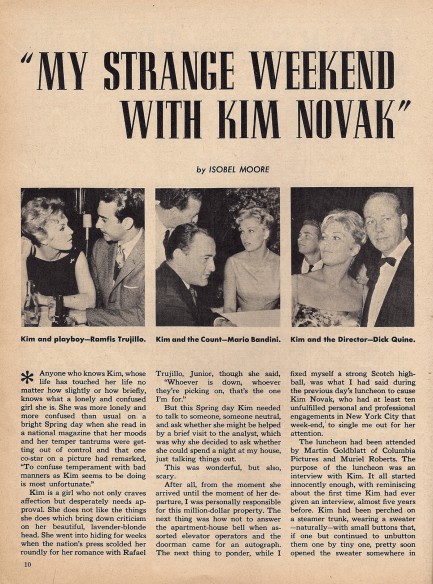
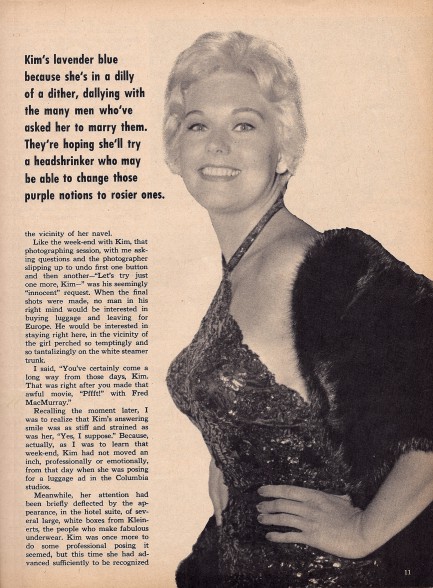
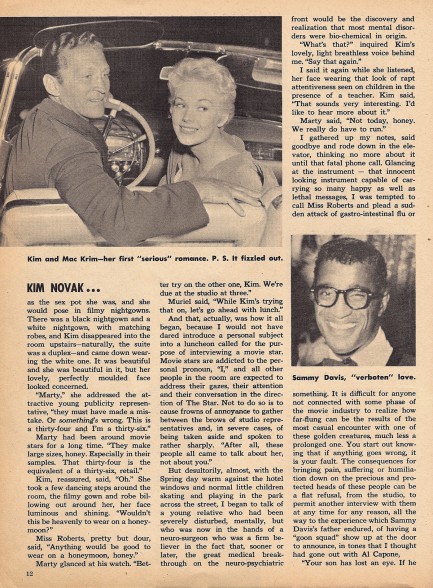
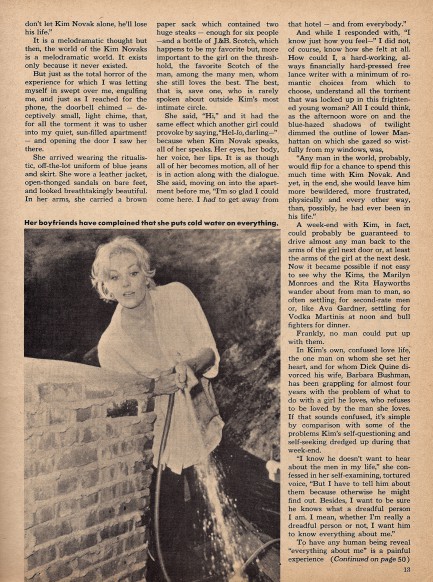
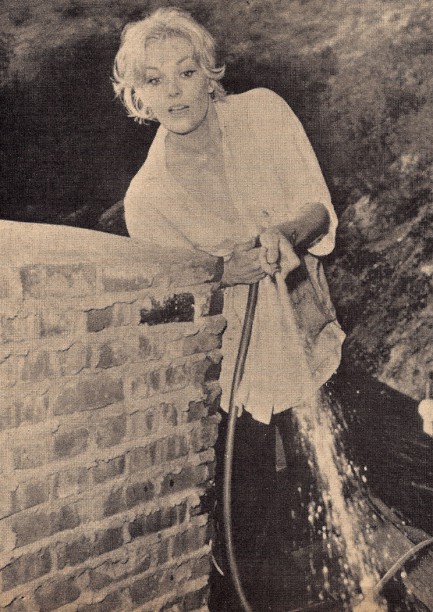
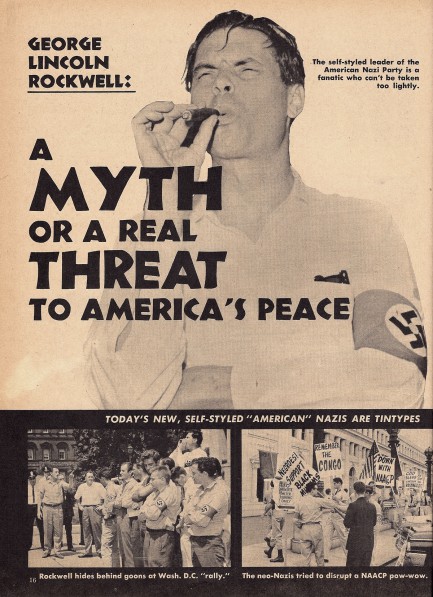
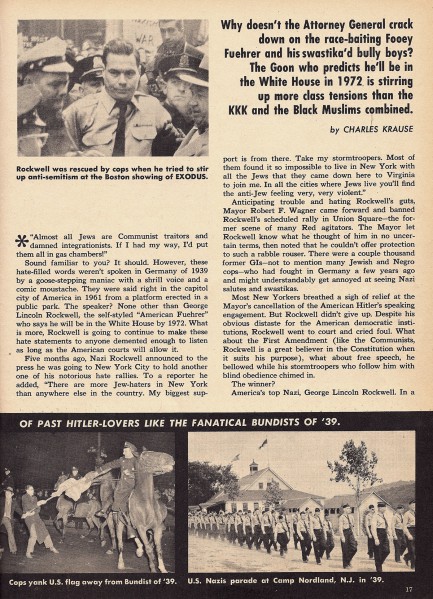
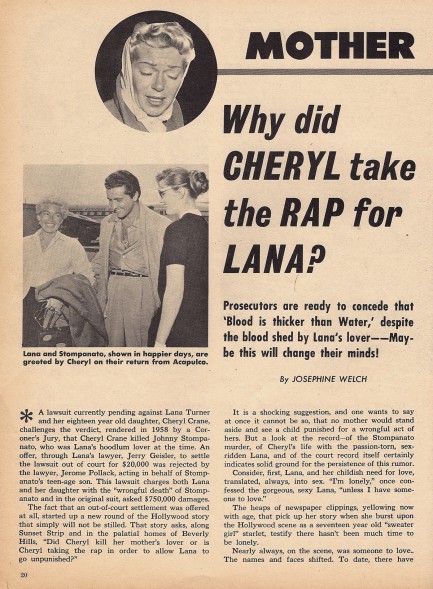
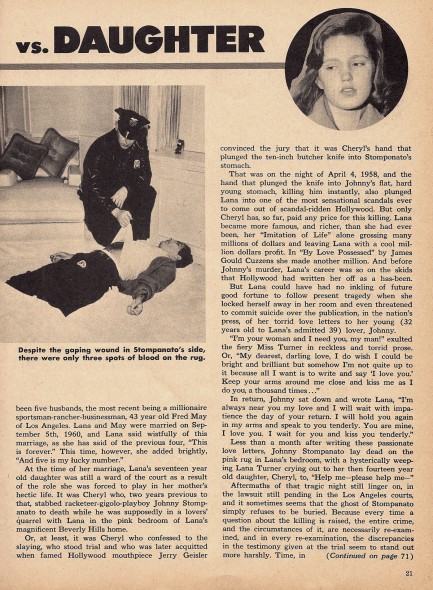
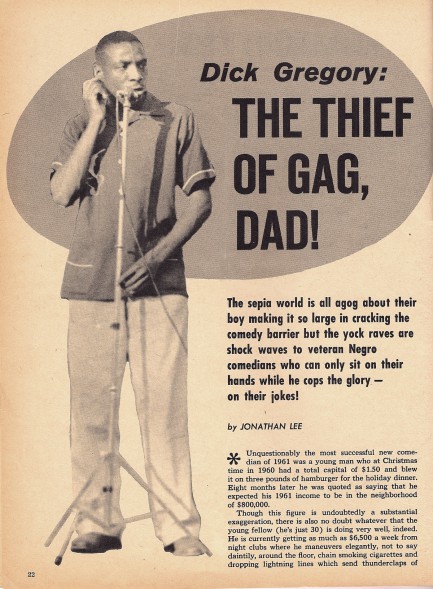
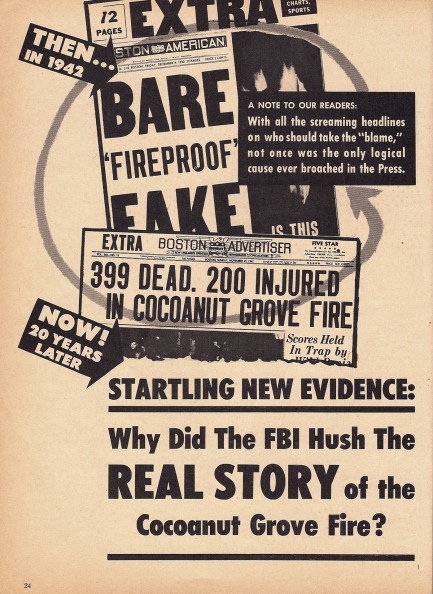
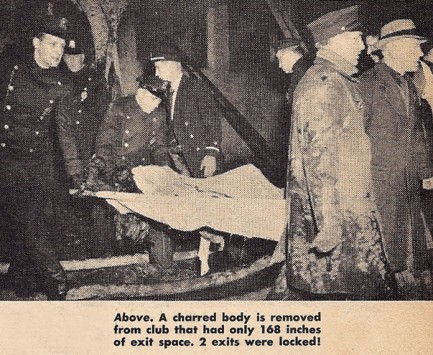

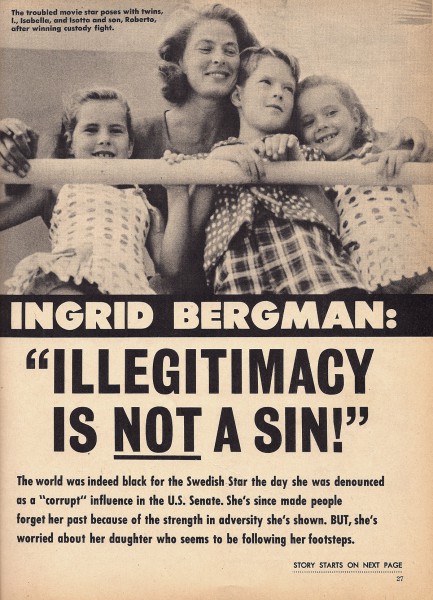
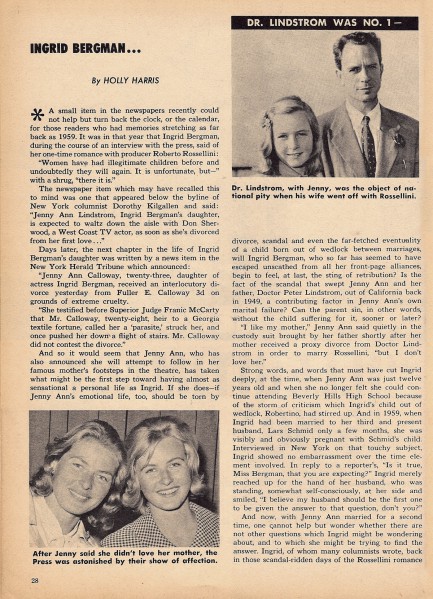

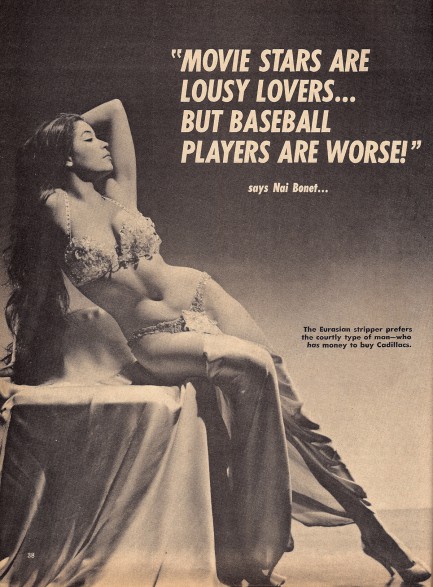
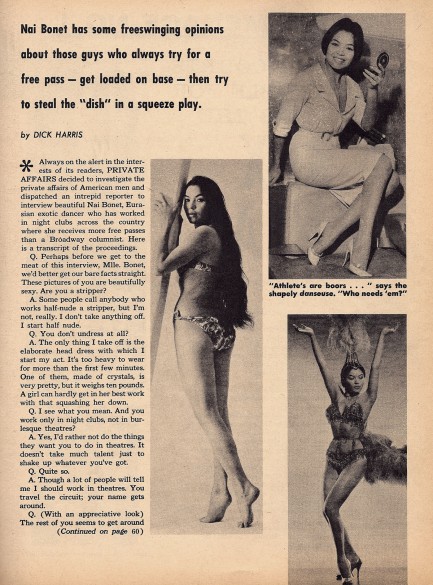

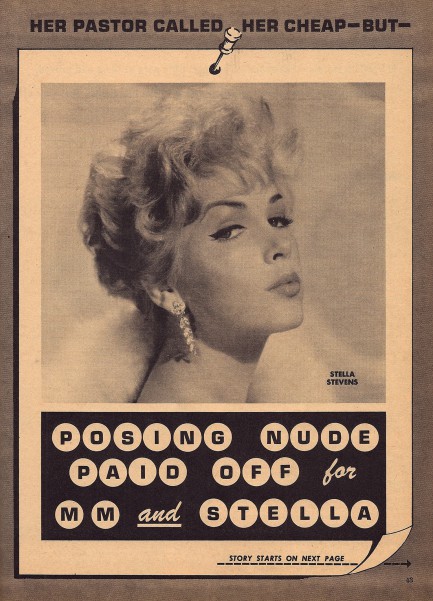
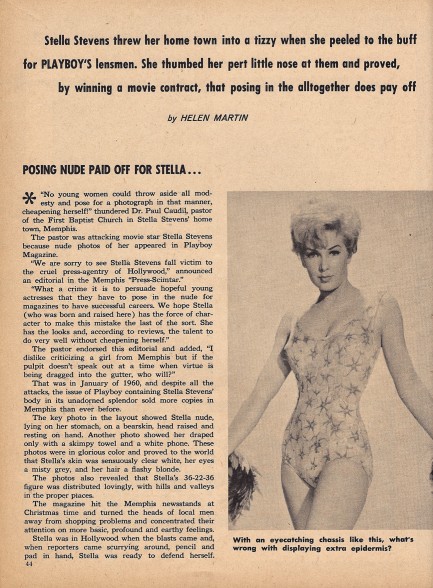
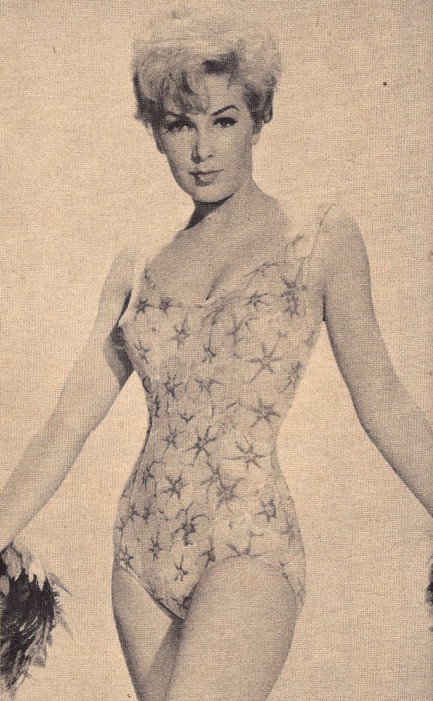
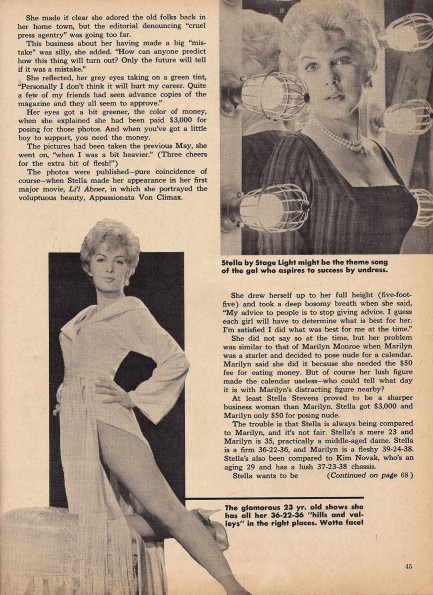
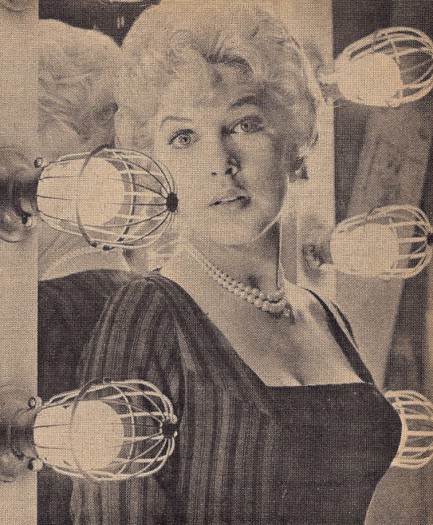
| Intl. Notebook | Nov 25 2010 |

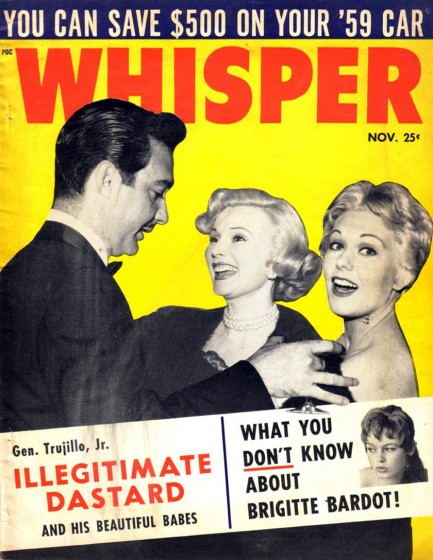
How times have changed. Could one of the most brutal killers in the world openly hobnob with the Hollywood set today? We doubt it. But back in the day, a few rumors of murder only bolstered a man’s adventurous reputation, as proved by this November 1958 Whisper showing Rafael “Ramfis” Trujillo, Jr. charming Zsa Zsa Gabor and Kim Novak. One or both women, you may notice, actually appear courtesy an X-acto knife and glue, but what self-respecting tabloid has time to locate a legit photo when paste-up will do the job almost as well? Trujillo did date and bed both Gabor and Novak in real life, which makes this cover technically accurate, and makes him the second most enviable Dominican jet-setter in history.
Ramfis Trujillo reportedly gave most women that frisson some find irresistible, but his life wasn’t all starlets and champagne. Though he wanted nothing more than to be a playboy, there was an obstacle in the form of family baggage. Specifically, his father was a sadistic military dictator who had been put in power in the Dominican Republic by the CIA. Trujillo, Sr. expected his son to continue in the family business. This had been abundantly clear to Ramfis since the day his father made him a full general—with full pay—at age nine. For this and other reasons, he grew up with a warped sense of power and by the time of this Whisper cover had already ordered several murders and indulged in the occasional gang rape. He might have been considered a classic chip off the old block, save for rumors that Ramfis’s father was actually a Cuban named Rafael Dominicis—hence the “illegitimate dastard” tag in the banner. But the story about Ramfis being illegitimate was strongly denied by everyone involved (except Dominicis, who “disappeared”).
In any case, through the late fifties Ramfis tomcatted his way from Hollywood to Paris, and only occasionally let his urbane manner slip to reveal someone considerably less charming beneath. He seemed to have settled into his chosen lifestyle permanently when he married an actress named Lita Milan, below, who had starred opposite Paul Newman in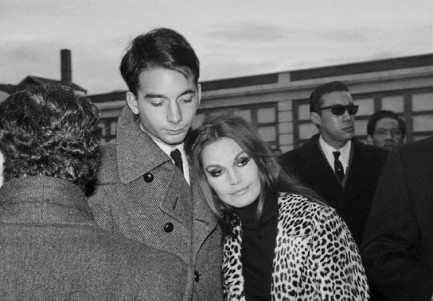 The Left-Handed Gun. But back in the Dominican, the impulsive Rafael Trujillo, Sr. was behaving less and less like the good lap dog the CIA had put in charge three decades earlier. Eventually, his U.S. benefactors turned against him and he died in a fusillade of possibly CIA-arranged bullets.
The Left-Handed Gun. But back in the Dominican, the impulsive Rafael Trujillo, Sr. was behaving less and less like the good lap dog the CIA had put in charge three decades earlier. Eventually, his U.S. benefactors turned against him and he died in a fusillade of possibly CIA-arranged bullets.
Junior succumbed to the pull of familial duty, as well as the desire for revenge, and flew back to the Dominican to restore order. This involved personally killing some of the participants in his father’s assassination. While this must have given him great satisfaction, it did little to stabilize the country. Under pressure from both internal enemies and the U.S., Ramfis Trujillo fled to Spain less than a year later with a casket containing millions in cash, jewels, bonds, and his father. By 1969 he was dead too, due to complications stemming from an automobile accident. In the end he presents an interesting question of nature versus nurture, i.e. was he meant to be a ladykiller, a real killer, or both?




































































